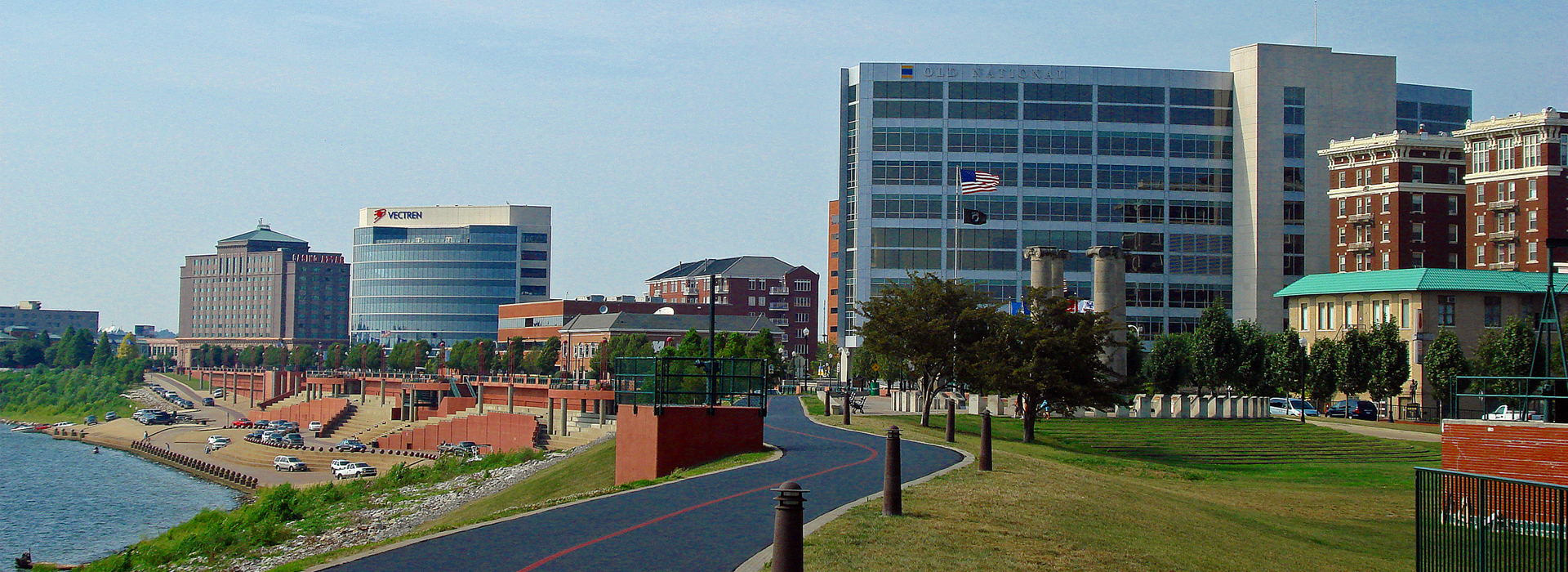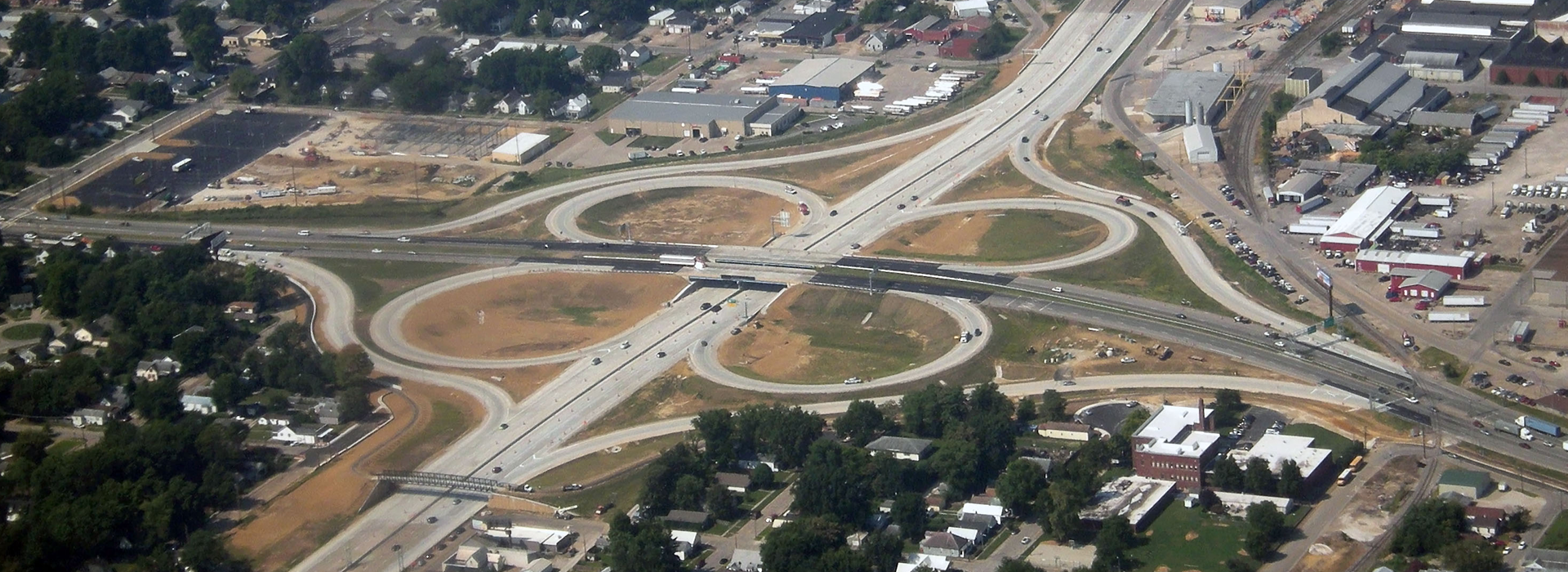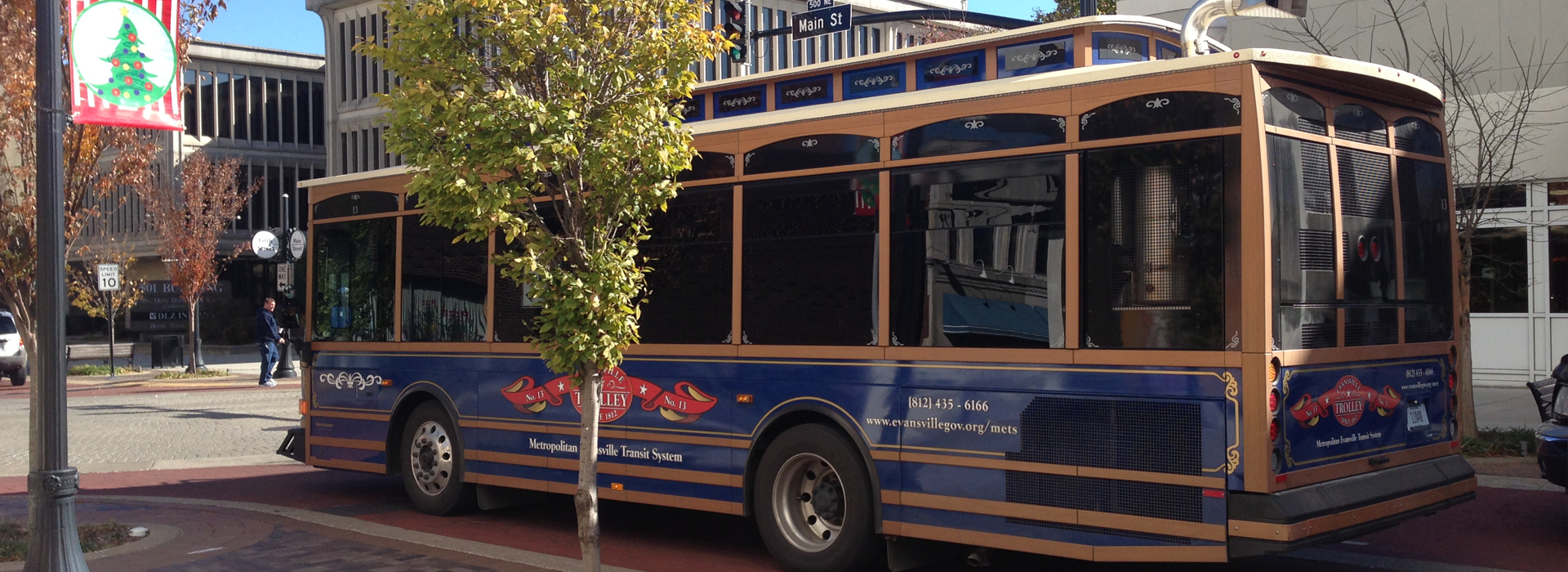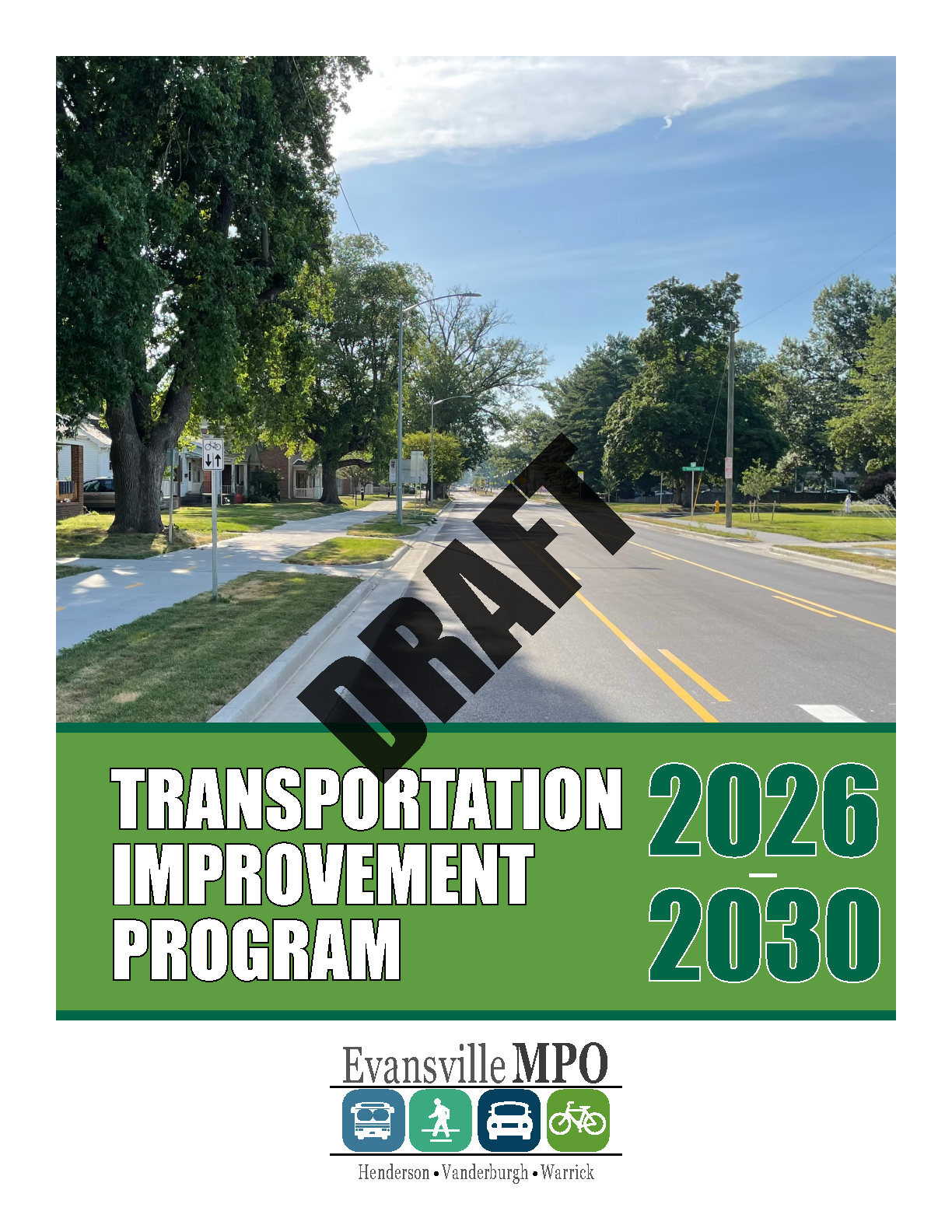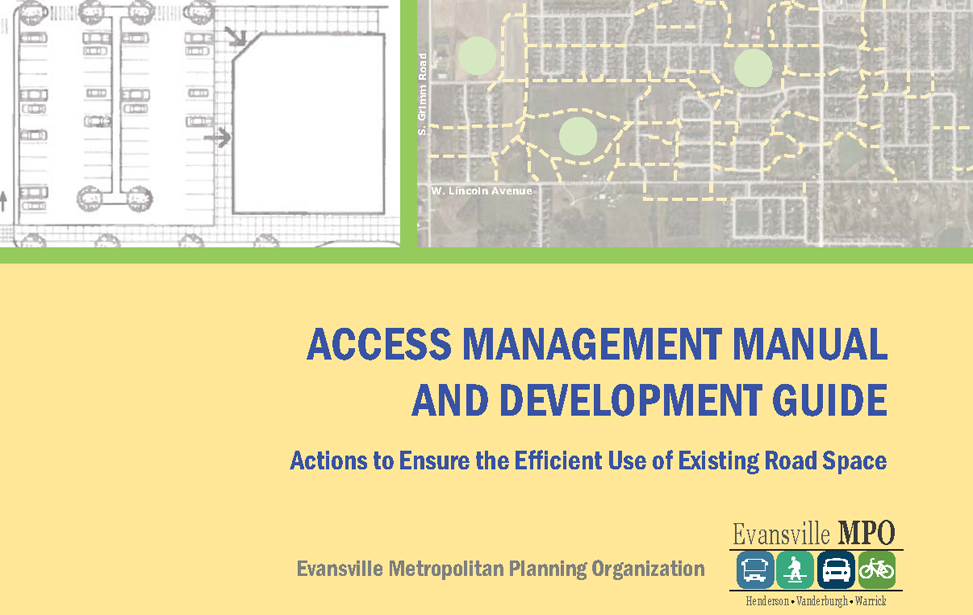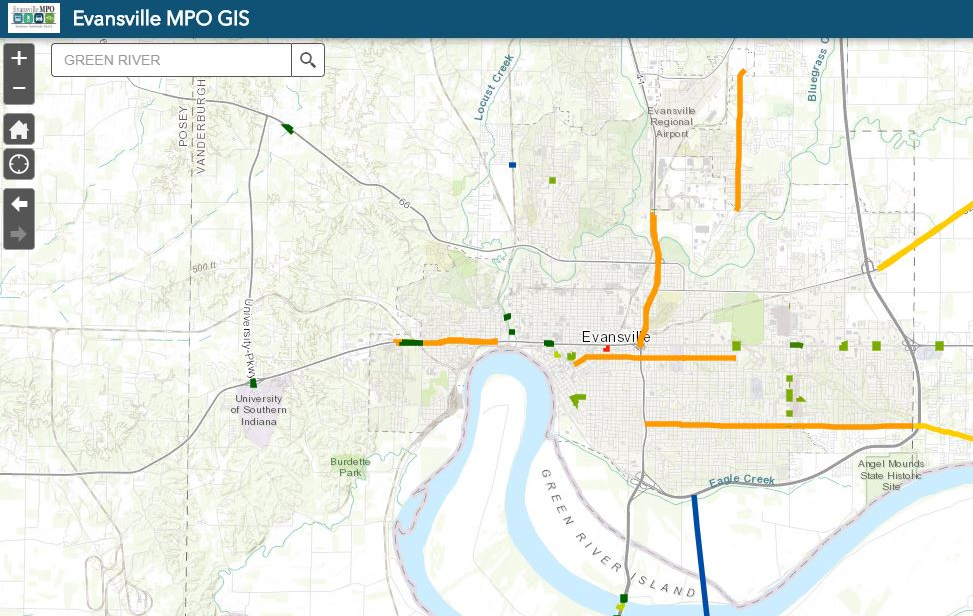Evansville Metropolitan Planning Organization
New at EMPO
Public Notice
Project Update
Want to know more about the latest significant transportation projects in your area?
The project update provides the current status for active projects within the region.
2026-2030 Transportation Improvement Program
The Evansville Metropolitan Planning Organization (MPO) Policy Board has approved the 2026-2030 Transportation Improvement Program (TIP), and corresponding draft Conformity Documentation.
For interactive information about the TIP and TIP projects, click here.
Regional Transportation Guide

The Evansville-Henderson Regional Transportation Guide was developed by the Evansville MPO and the Regional Transit Advisory Committee as a resource for residents throughout the Evansville region, including Vanderburgh, Henderson, Warrick, Gibson, and Posey counties.
In the fall of 2022, non-profit organization Missing Pieces CDC began operating Epworth Express to provide an option for people to travel between downtown Evansville and medical facilities along Epworth Road, with multiple stops in between. Details about the route and stops are included in the brochure.
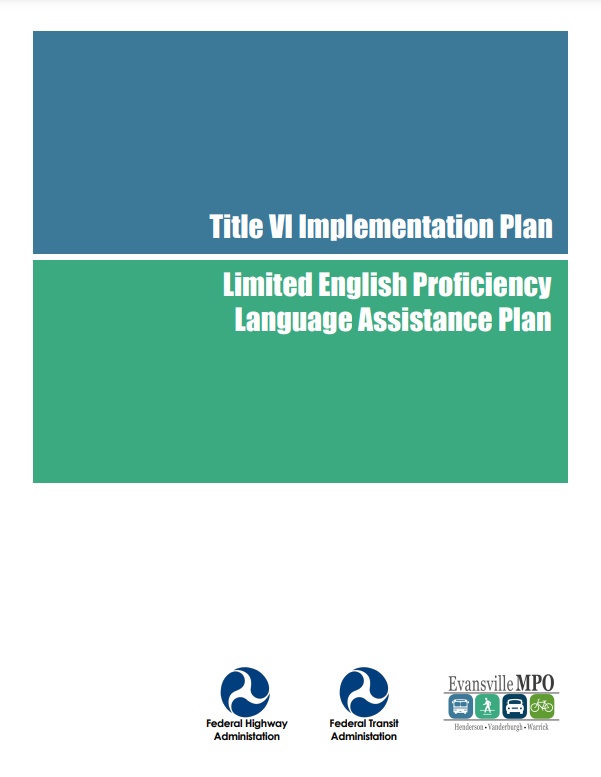
Title VI/LEP Plan
The Title VI/LEP Plan includes detailed information on your rights under Title VI and contact information to send complaints directly to FHWA or FTA. The Title VI notice to the public and a hard-copy of the Title VI/LEP Plan are available for viewing at the MPO office (1 NW Martin Luther King, Jr. Blvd., Civic Center Complex – Room 316, Evansville, IN 47708). A digital copy of the Title VI/LEP Plan in PDF format is available by clicking here
Access Management Manual and Development Guide
This document provides standards for local public agencies to use to guide decisions regarding access by vehicles, transit buses, bicycles and pedestrians to private developments and existing or proposed public right-of-ways.

